Perennial wildflower plants can be used to create long-lasting wildflower areas and meadows, providing vital food and habitat for pollinating insects such as bees and butterflies. Choose your favourite species to plant individually, or use as an addition to our wildflower plant collections or famous wildflower seed mixes.
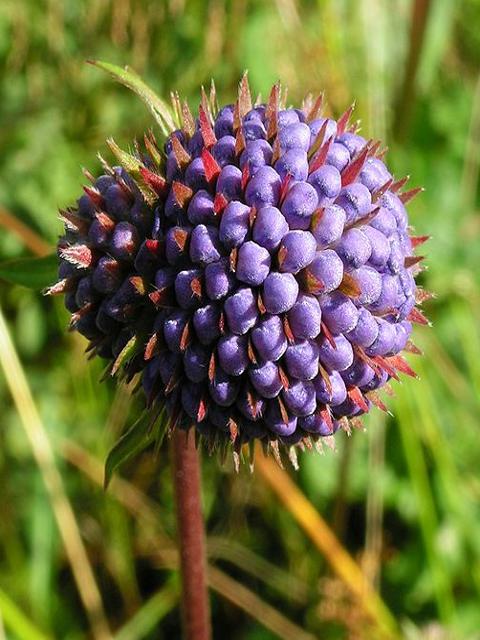
A tall native perennial common throughout Britain in marshes, meadows, roadsides and damp woods. Mauve to purple wildflower heads on slender stems from June to October attracts bees and butterflies. These are the food caterpillars of the Marsh Fritillary.

A cheerful bold perennial thrives across a wide range of soil types with rich blue flowers, which will appear from April through to June.
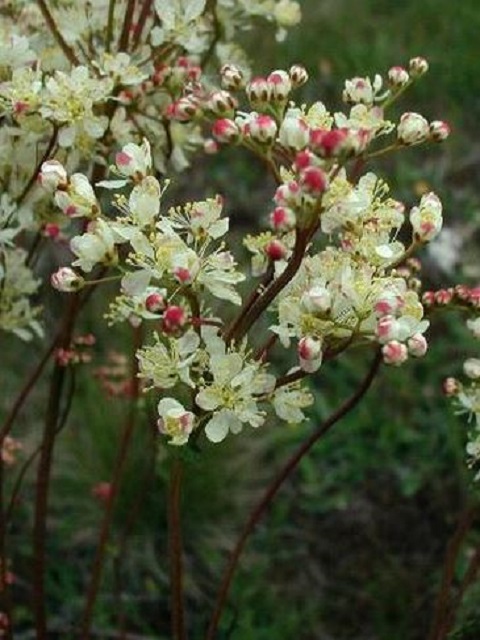
A perennial with fern-like leaves and foamy cream flowers opening from pink buds, emitting a robust, delicious smell. Dropwort can tolerate the drier conditions to partial shade, this plant is also known as Lady's Belt, Little Queen and Meadowsweet.

False fox flowers in a spike of yellow, green and pale brown. This perennial plant thrives in wetland areas and heavy soils and can be commonly found near lakes, rivers and waterways as well as coastal areas.
This item is currently unavailable
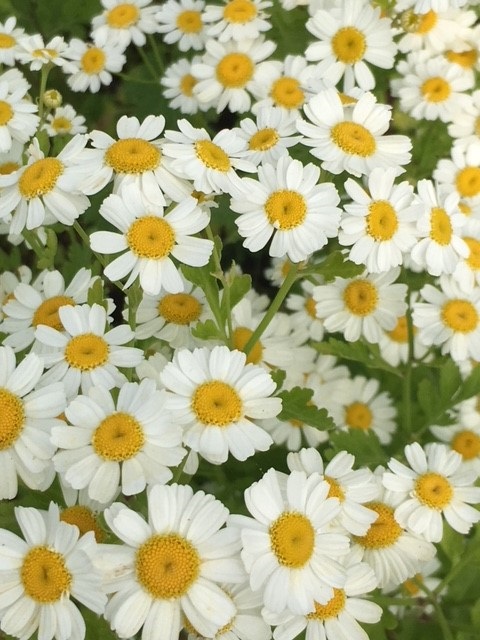
This perennial plant with bright daisy-like flowers that are excellent in full sunlight and have been admired for their medicinal values. Feverfew is known for the strong scent that is given off when the flowers are in bloom.
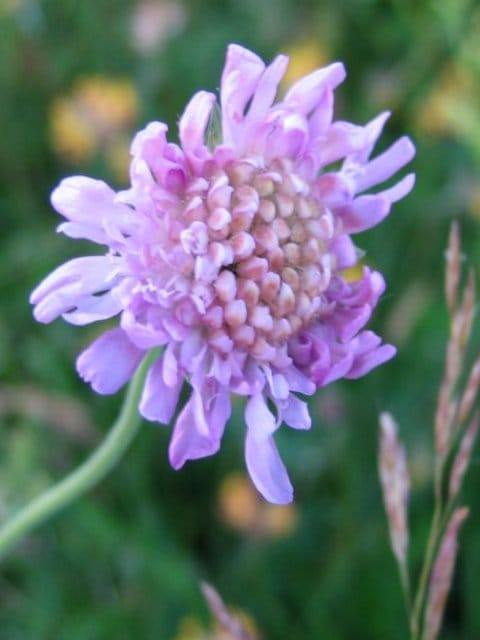
A tall native perennial wildflower plant with hairy stems found in grasslands across Britain. An individual Field Scabious wildflower plant can have as many as 50 purplish-blue wildflowers on it at a time. It is very attractive to wildflower butterflies.
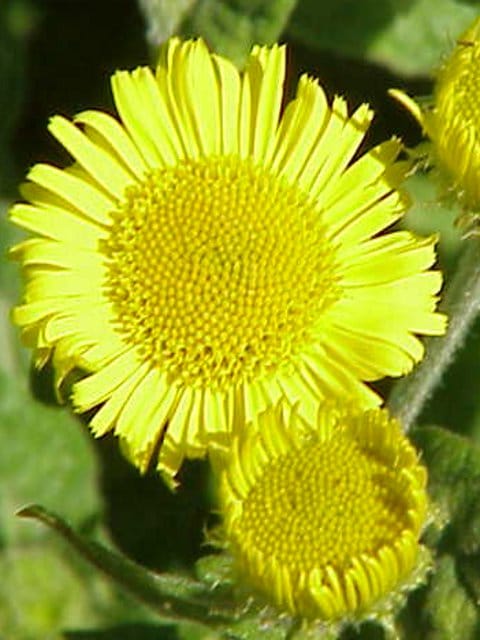
Native perennial wildflower plant common in marshes, ditches and wet meadows. Rare in Scotland. Upright woolly wildflower plant with clusters of gold flowers during August and September.
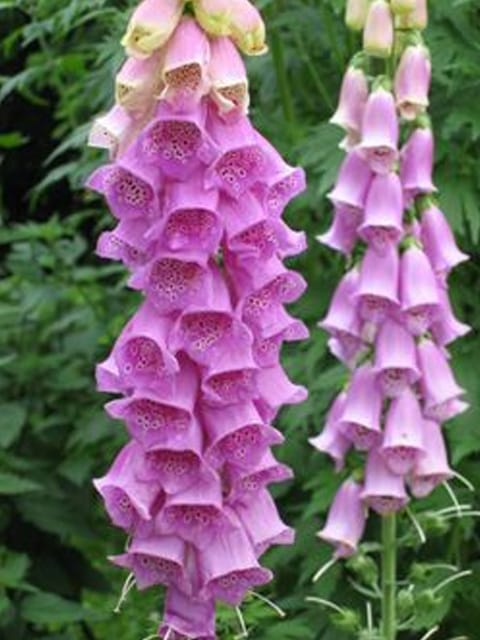
A native biennial is occasionally perennial, common in woodland leering, hedgerows and heaths. The Foxglove wildflower plant has tall spikes of pinkish-purple bell-shaped wildflowers. The wildflowers are pollinated by bumblebees.
This item is currently unavailable

Perennial. Generally, large purple/blue flowers although they can have white flowers, on a long leafy spike. Also known as Wide-Leaved Bellflower or Large Campanula, these plants can tolerate a drought reasonably well.
This species is dormant throughout winter and therefore will be likely to have small or ...
This item is currently unavailable
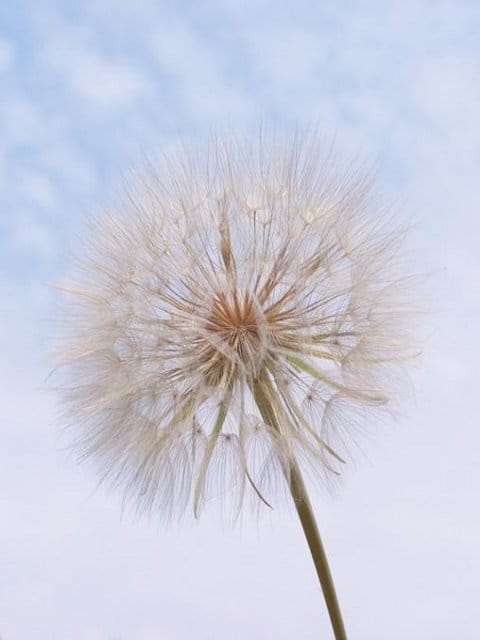
A perennial with yellow dandelion flowers followed by impressive seed heads, that bloom in the early morning sun but shy away after midday. This plant grows nearly a meter tall and is attractive to birds.
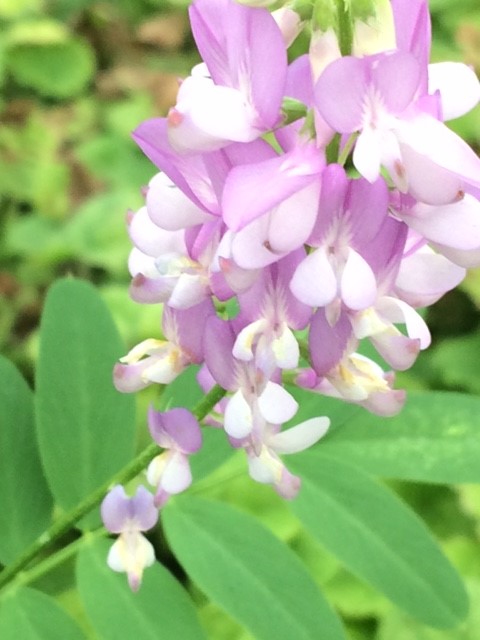
Goats Rue is a perennial plant with small sweet pea-like lavender-lilac flowers, these bloom in late summer through to early autumn. In herbal medicines, it has been used as a diuretic, and with a combination of herbs as a tonic.
This item is currently unavailable

This Perennial has yellow flowers that have larger heads than normal birdsfoot trefoil, this is widely known as the more deluxe version with the rich dark foliage and can be found in a range of damp and wet environments.

A handsome, tall, native perennial wildflower plant that grows in damp meadows and road verges. The blood-red wildflowers, produce abundant nectar to attract insects to aid pollination.
This item is currently unavailable
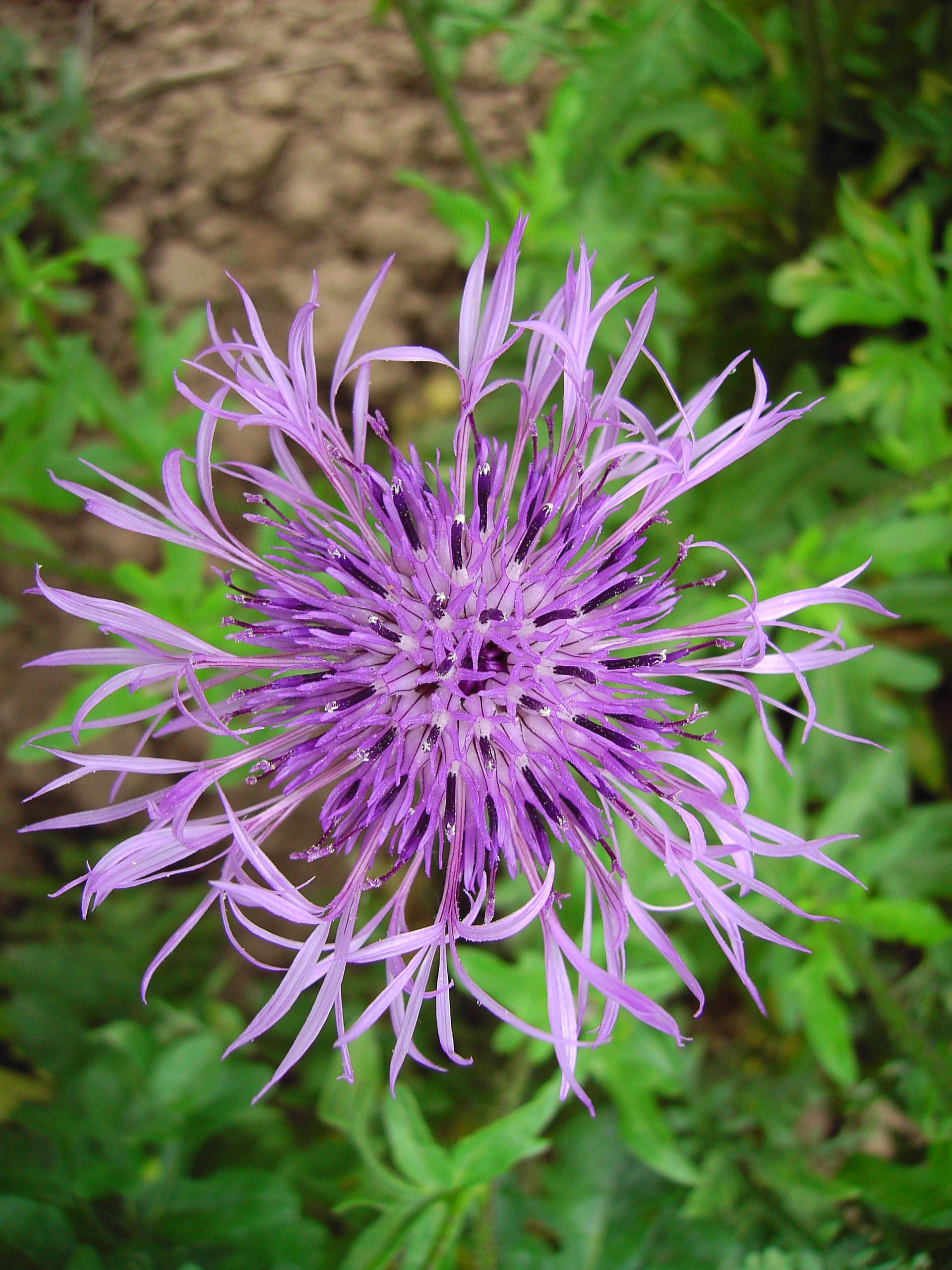
A native perennial wildflower plant, common on dry grassland, roadsides and hedgerows, especially on chalky soils. Reddish purple thistle-like flowers on long stalks are produced from July to September.
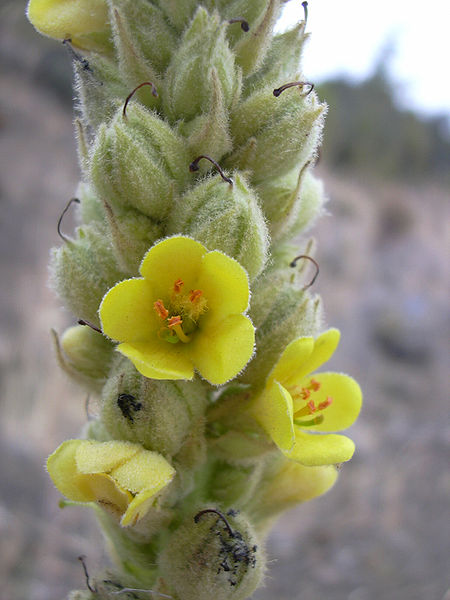
A very tall biennial plant that can grow up to 2m tall it has white, woolly hairs, long leaves with pale yellow flowers on shorts spikes, grouped together on a dense spike.
This item is currently unavailable

A pretty white hedgerow and woodland perennial wildflower plants can be found throughout Britain. The grass-like leaves form large clumps that will die back in the summer and reappear the following spring. It was once believed that picking these wildflowers would provoke thunder and lightning.
This item is currently unavailable
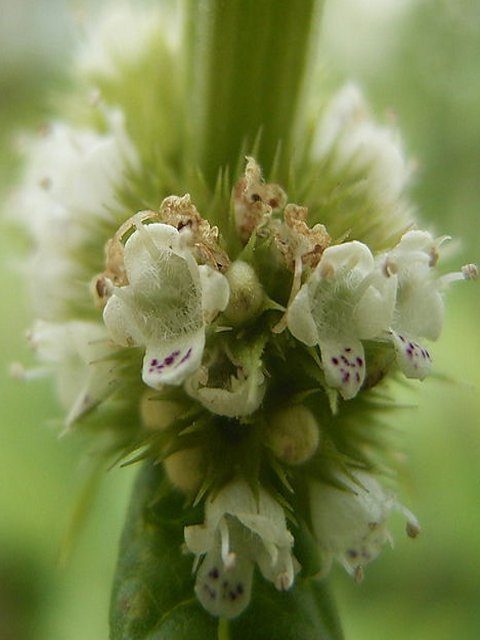
Gypsywort is a perennial plant with unstalked flowers that cluster around each pair of upper leaves on a stem, producing white flowers with red-spotted lower lips and spear-shaped leaves.

Hairs on stems and on both sides of the leaves distinguish this species from others. This perennial plant blossoms with pale yellow flowers that are quite large and like sunny well-drained soils to grow.

Also known as the Scottish bluebell wildflower plant, found throughout Britain except in the South West. A perennial wildflower plant is often found in dry grassy areas or on poor soils. Delicate pale blue nodding bell-shaped wildflowers are held on slender stems from July to September.
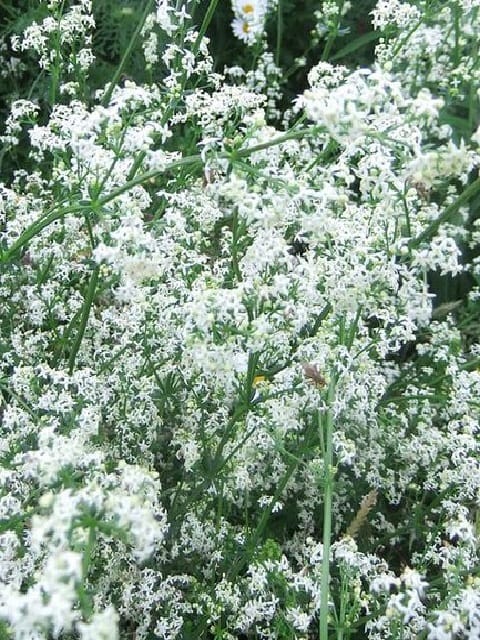
A scrambling wildflower plant is found in hedgerows and woodland but can also be found in open grassland. Tall white spikes of tiny star-like wildflowers attract butterflies and moths. It is a perennial and the larval food plant for a number of moth species.
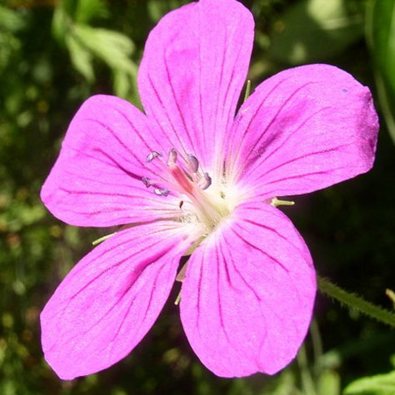
A showy and versatile perennial wildflower with attractive mauve, pink flowers and evergreen leaves. This plant is a great addition to any wildflower meadow as flowers from May right through the summer to provide colour.
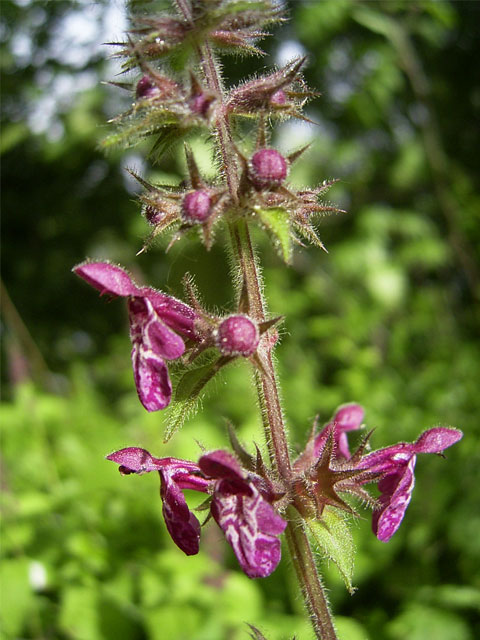
Common throughout the British Isles except for the Scottish Highlands, this hairy spreading perennial wildflower plant can be found in hedges, woodlands and shaded gardens. The dark red flowers can be seen from July to August.
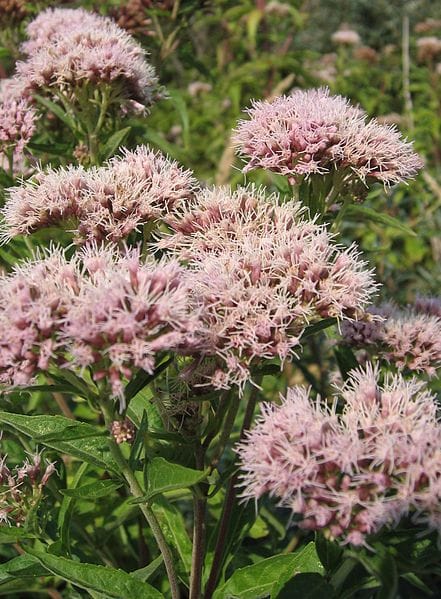
A tall stately perennial plant with masses of white-pink flowers, an excellent butterfly plant attracting large numbers in late summer. Once cut a distinctly sweet aroma can be detected.

A grass-like perennial plant with a small scented spike with pink/purplish flowers. Good and reliable in a meadow perfect for attracting pollinators.
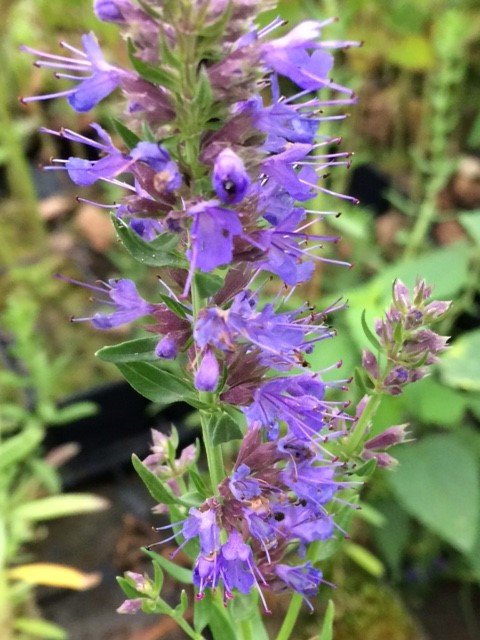
An aromatic, shrub-like plant with small blue flowers, very easy to grow and pleasing to the eye as well as alluring pollinators. Dried Hyssop has been used as a minty addition to herbal teas, soups and stews.

Commonly found along footpaths or in rock and wall crevices. Ivy Leaved Toadflax has small, mini snap dragon-like, solitary flowers which are bluey-purple in colour with a yellow central 'honey guide' on the lower lip.
This item is currently unavailable

Jacob's Ladder is an upright plant and gets its name from its ladder-like leaves, it has a bell, funnel-shaped flower that is lavender-blue in colour and forms at the top of its tall, slinky stem.
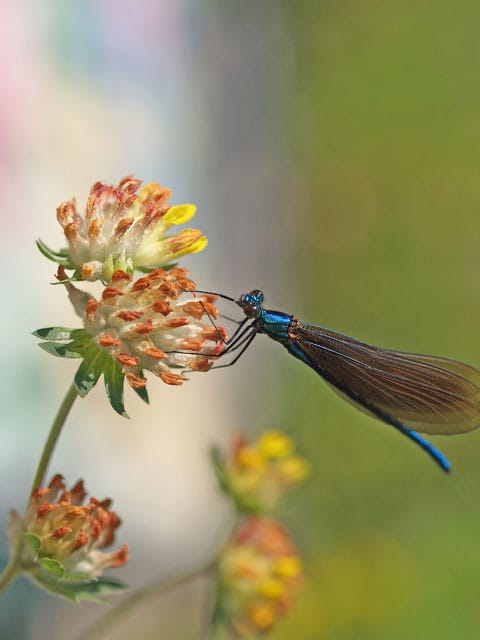
A scrambling biennial wildflower is found in dry grassland often by the sea. The unusual yellow woolly flowers attract a multitude of butterflies and bees and it is the larval food plant for the Small Blue Butterfly.
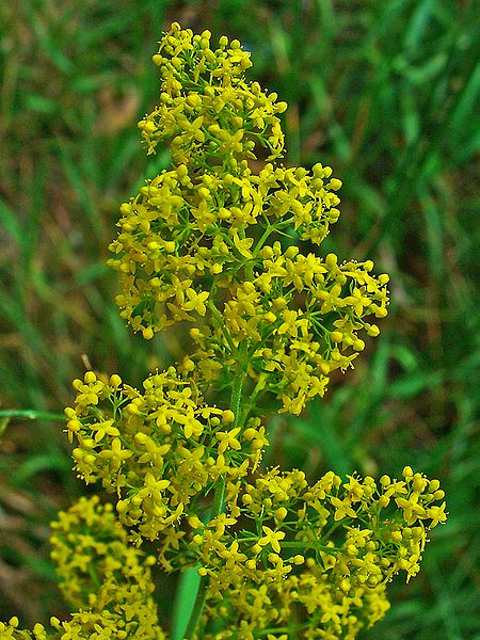
Lady's bedstraw is a perennial plant used in Victorian times to scent bedding. Delicately whorled leaves and bright golden. The beautiful sweet scent in high summer.
This item is currently unavailable
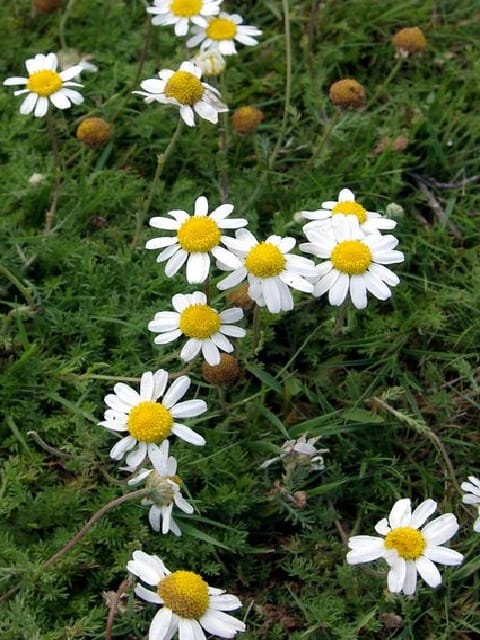
Perennial, stays in leaf all year. White petals with a yellow centre.

Landlife Wildflowers grow and supply high-quality, native wildflower products, restoring wildflowers right across the UK. Working in conjunction with wildlife charity, Buglife, we’re bringing back Britain’s treasured wildflowers! Find out more about why we’ve been trusted by the general public, Natural England and The National Trust for over twenty years.

We’re proud to supply only the highest-quality, native wildflower products - tried, tested and refined by us for two decades to ensure each and every customer is delighted with their purchase. Find out more about our commitment to the supply of native, provenance-assured wildflower products to restore Britain’s natural wildflower habitats for bees, butterflies, birds and wildlife.

If you have any questions or would like to get in touch, our team of wildflower experts are on hand to guide you every step of the way. We love talking about wildflowers and the quality of our products, and are pleased to help with any enquiry, including how to establish wildflowers, product recommendations and even creating custom mixtures for specific projects.